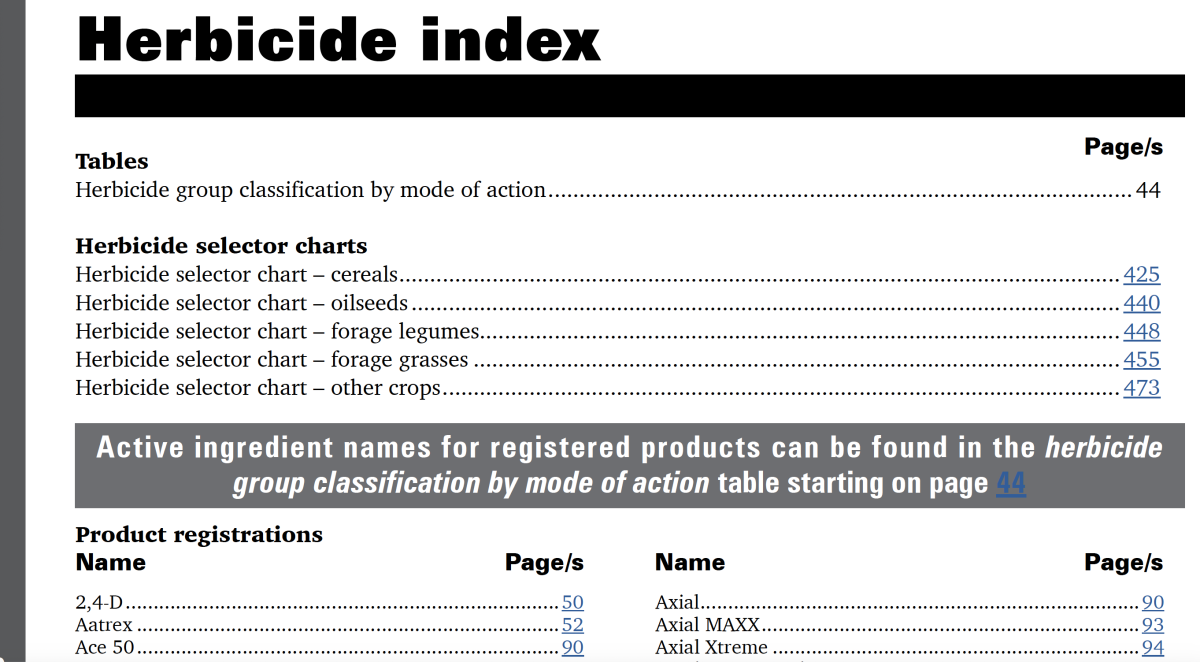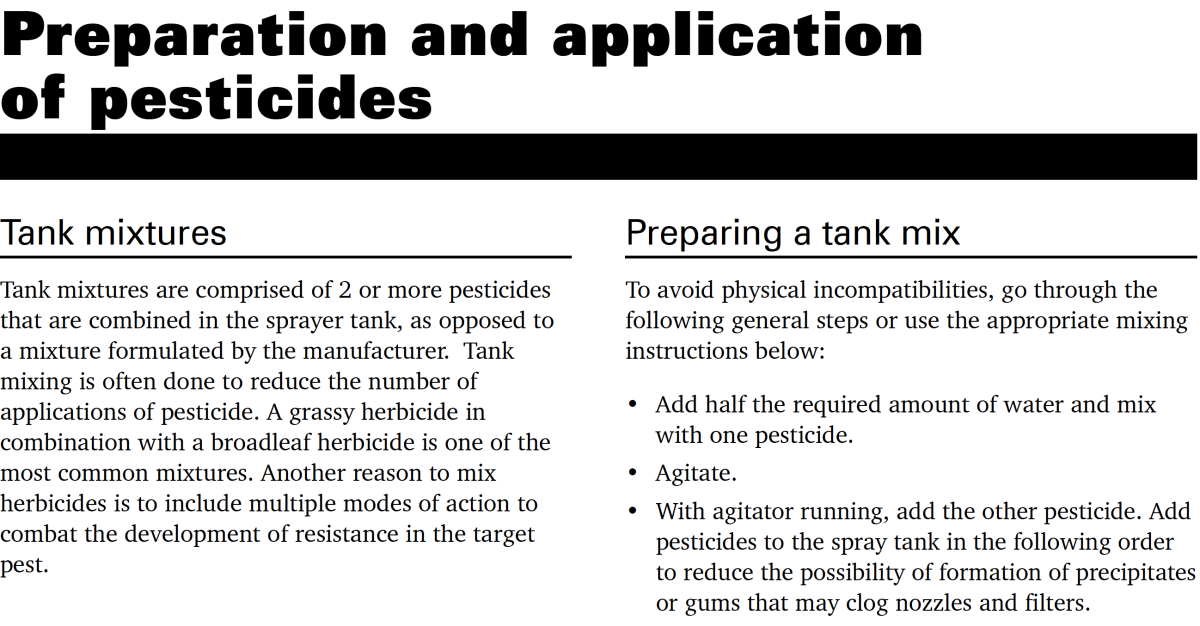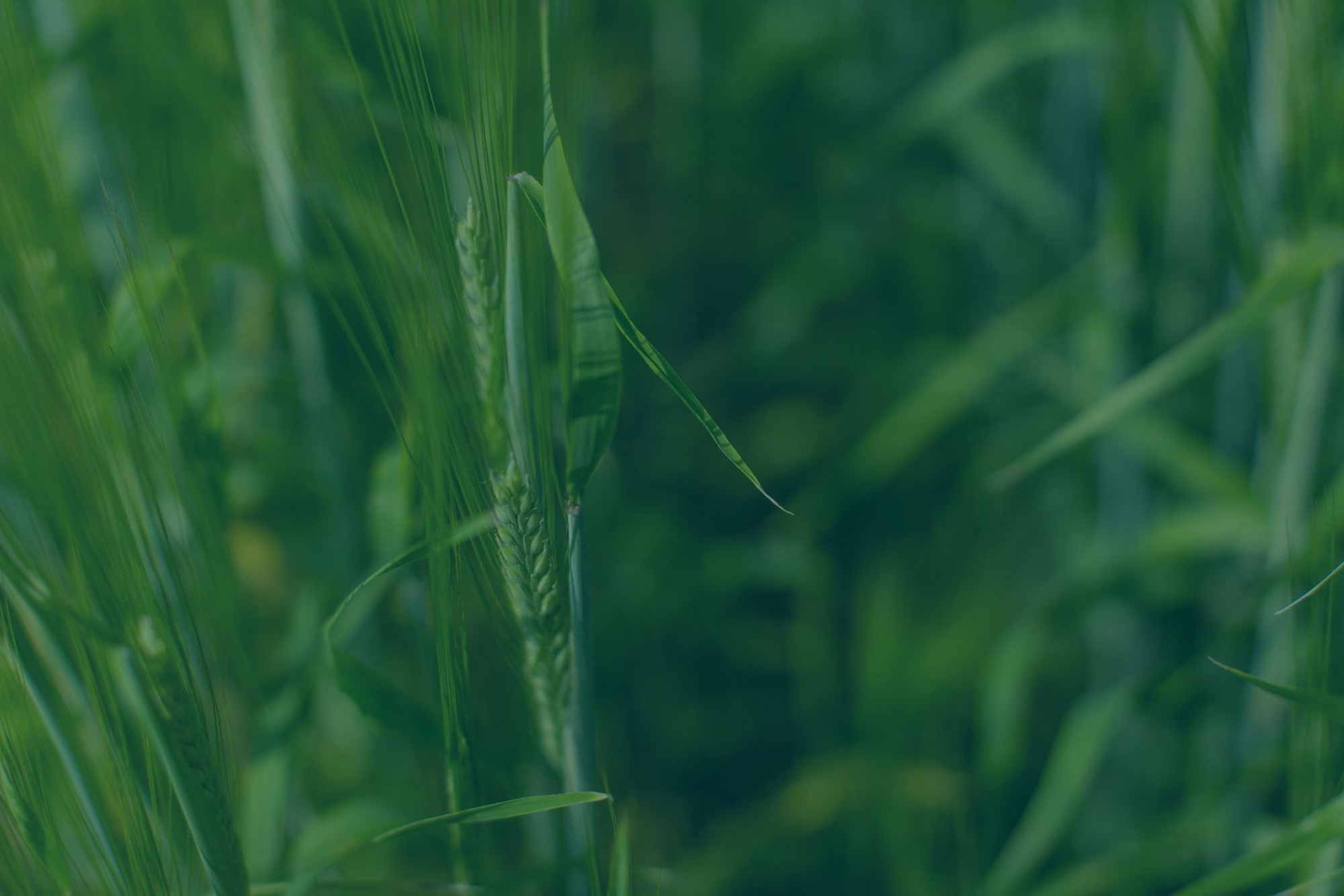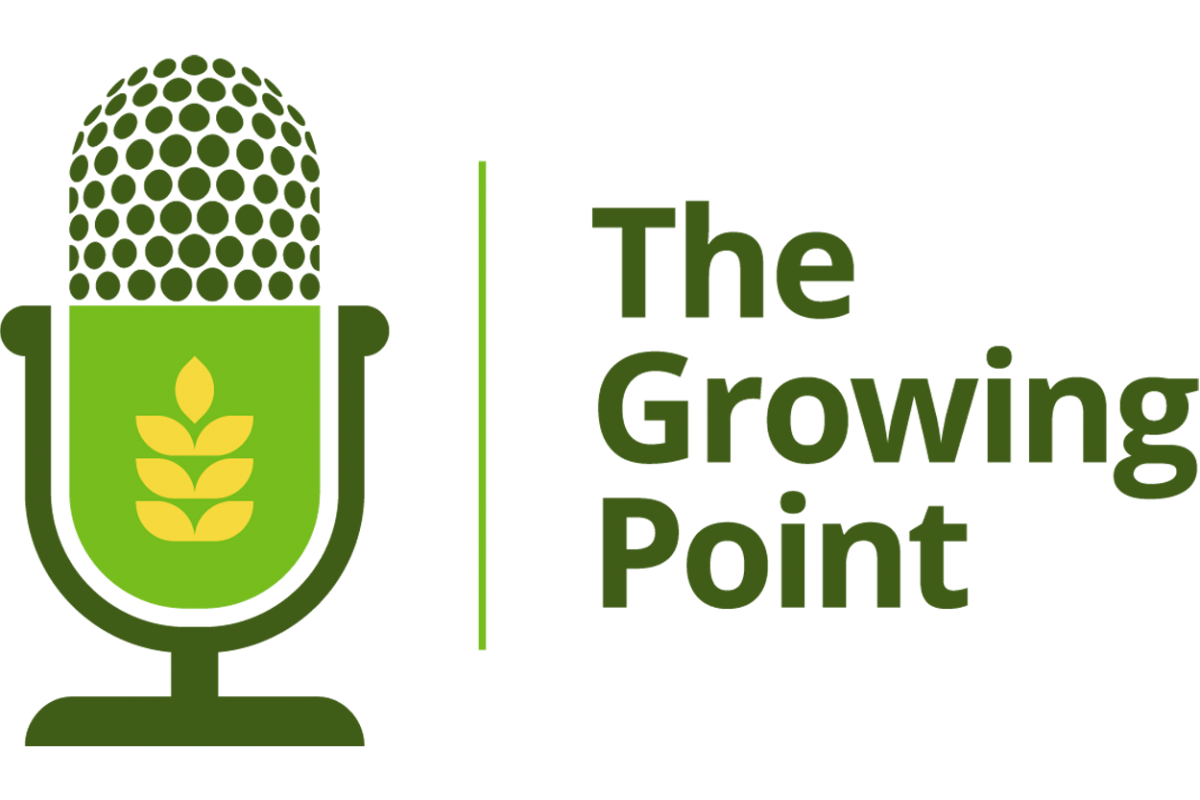Get the most out of the Blue Book this growing season
The 2025 Alberta Crop Protection Guide, commonly known as the Blue Book, is now available in both printed and PDF versions. The Blue Book provides valuable crop protection information for Alberta farmers and agronomists. Make sure to stay up to date this growing season with the latest edition.
Selecting the right chemical treatment requires specific knowledge of a farmer’s cropping system and intended market. The Blue Book compliments the chemical label to give farmers the information they need to make the right choice of chemistry to provide protection from pests without risking profit.
The Blue Book is reviewed and updated annually to include the latest information on pesticide application products, along with new product additions. Updates provided by crop protection companies give farmers access to the most current product information available.
Save valuable time during spraying season by making use of the Bluebooks easy to follow format and industry leading selector charts.
Alberta farmers and agronomists have relied on The Blue Book for over 20 years. Trusted by farmers and agronomists alike, the BlueBook plays an important role in keeping Alberta farms sustainable and our export markets open.
How to use the Bluebook to make crop protection decisions
Example 1: Herbicide decision to manage wild oats
Step 1:
Go to page 40 of the Bluebook, where herbicide index can be found. It serves as a table of contents for navigating the product information.

Step 2:
Go to page 439 where herbicide selector charts are found. Herbicide selector charts outline the herbicide products that are registered to control wild oats in wheat, barley, oats, fall rye and triticale.

Step 3:
Refer to pages 44-49 for the herbicide group classification chart. This is especially important if herbicide resistant (HR) wild oats are found on the farm. Choose the herbicide group that HR hasn’t been identified. For example, if Group 1 resistance wild oats have been identified, choose herbicides in Group 2, 3, 14 or 15.

Step 4:
Find more detailed information on specific herbicide products using the table of contents on page 40. Herbicide information contains the application rates, registered tank mixes, application tips, expected results, restrictions, etc.

Selection of other crop protection products
Similar methods can be applied to choosing seed treatments, insecticides, foliar fungicides and plant growth regulators. Each section is structured in the same manner in the Bluebook and updated annually.
Example 2: determine the buffer zone and manage spray drift
In the paper copy of the Bluebook, between page 348 and 349, there is a colored page outlining practices to keep a spray buffer zone and manage spray drift.
Spray buffer zones and vegetative filter strips are tools to manage spray drift and run off. The illustration in the Bluebook demonstrates how to use these tools considering wind direction, direction of slope and surface water.

Sensitive habitats, including bogs, ditches, fens, marshes, riparian areas, shelterbelts, swamps, wetlands and woodlots, contain aquatic invertebrates and non-target insects, birds and other species. They can be adversely impacted by pesticide spray drift, run off and sprayer clean out. Pesticide applicators can take steps to protect sensitive habitats.
Vegetative filter strips – Health Canada
What else can I find in the Bluebook?
Besides pesticide selection, the Bluebook packaged in many essential resources you need for crop protection. These resources include:
Safety precautions
On pages 27-35, the Bluebook outlines the safety precautions to keep the applicators safe, such as warning symbols, symptoms of poisoning, exposure risks of different body parts, proper PPEs, and cleaning of clothes and equipment after pesticide application.

Preparation and application of pesticides
On pages 13-18, the Bluebook outlines pesticide mixing tips, including:
- How water quality impacts spray efficacy
- Pesticide mixing instructions
- Tank Mixing Tips
- Sprayer clean-out and waste disposal

Beneficial insects protection
On pages 35-36, the Bluebook provides information on the beneficial insects, and toosl to protect them while managing insect pests. This section also provide links to manuals and booklets about pests and beneficial insects such as:
- Field Crop and Forage Pests and their Natural Enemies in Western Canada
- Field Heroes – beneficial insects

Take Home Message
The Blue Book is a comprehensive resource for the information you need to protect your crops from weeds, insect pests and diseases. It is a one-stop shop for choosing the pesticide products, mixing it well and applying with good coverage, protecting the beneficial insects and the environment, and doing all of this safely.
It is a great resource for producers and agronomists to keep handy. Access the printed copy or a PDF version at albertabluebook.com.

